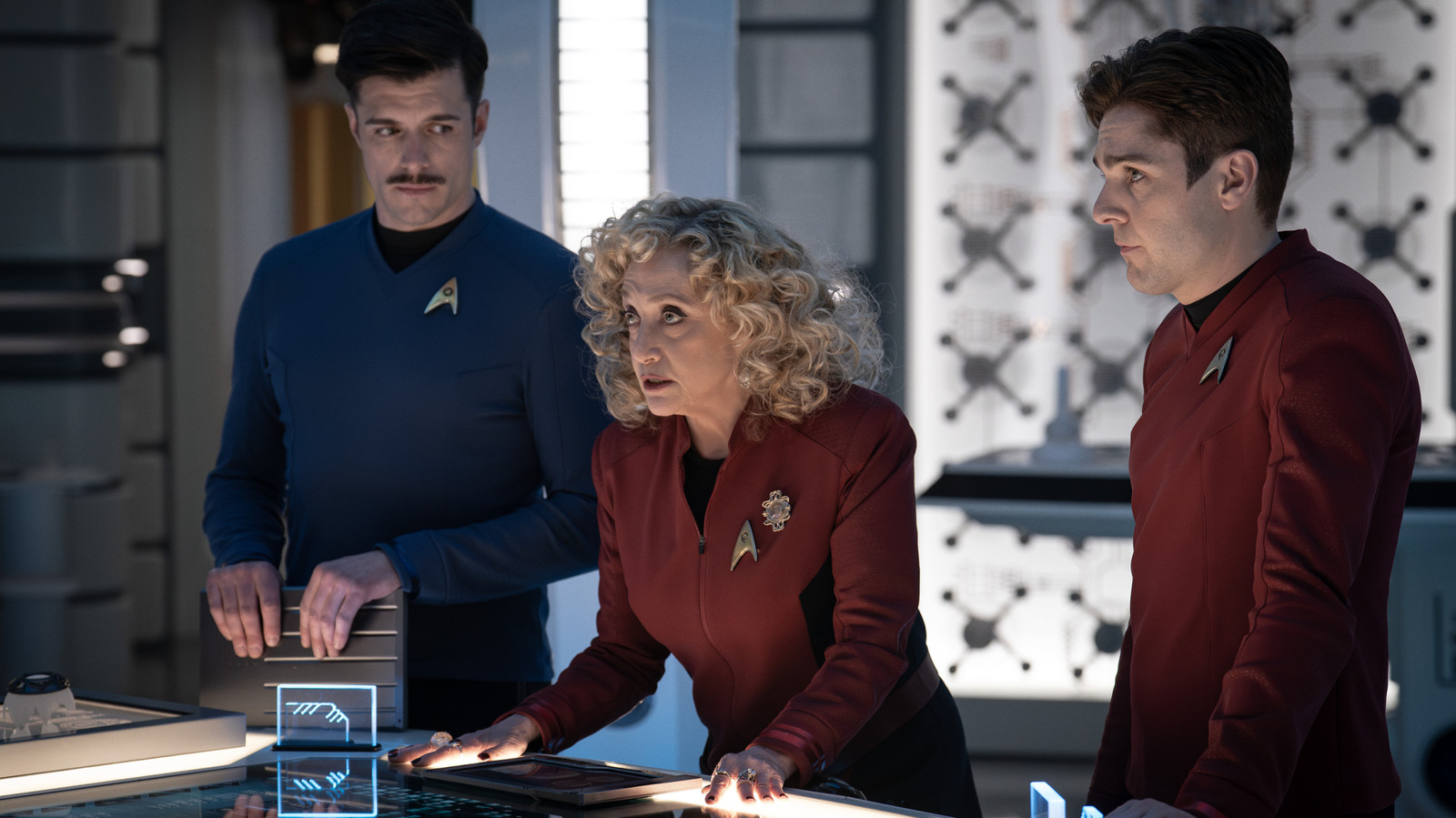Rapid Read • 8 min read
At the Edinburgh Festival Fringe, 'Breaking: The Musical' has become a notable production, drawing attention for its portrayal of a fictional breakdancer named Spraygun. The musical, running at the Pleasance King Dome until August 24, features a storyline that closely resembles the real-life experiences of Rachael Gunn, known as B-girl Raygun. Gunn gained notoriety during the Paris Olympics for her unique breakdancing routines, which included a kangaroo impersonation. Despite the musical's disclaimer stating it is not about Raygun, the similarities have sparked discussions and controversy. Gunn previously attempted to halt the production, citing concerns over potential damage to her brand.
AD
The controversy surrounding 'Breaking: The Musical' highlights the ongoing debate about artistic representation and intellectual property. For Gunn, the portrayal in the musical could impact her public image and brand, especially given her recent rise to fame. The situation underscores the challenges artists face in protecting their likeness and reputation in creative works. Additionally, the musical's success at the Fringe Festival demonstrates the power of storytelling and satire in engaging audiences, while also raising questions about the ethical boundaries of fictionalization in the arts.
As the musical continues its run, it remains to be seen how Gunn and her representatives will respond to the ongoing portrayal. The production's reception at the Fringe could influence future performances and adaptations. Stakeholders in the arts community may engage in discussions about the balance between creative freedom and respect for individual rights. Legal actions or negotiations could arise if Gunn decides to pursue further measures to protect her brand.
The situation with 'Breaking: The Musical' may prompt broader conversations about the portrayal of real-life figures in fictional works. It raises ethical questions about the responsibilities of creators to those they depict, especially when the portrayal is unflattering or controversial. The case could influence future artistic projects and the development of guidelines for using real-life inspirations in fictional narratives.
AD
More Stories You Might Enjoy















